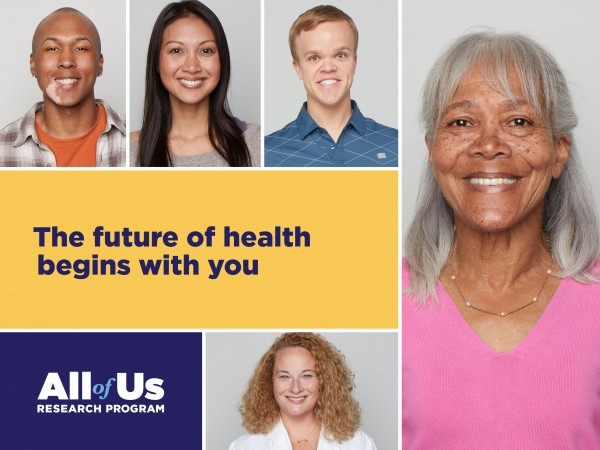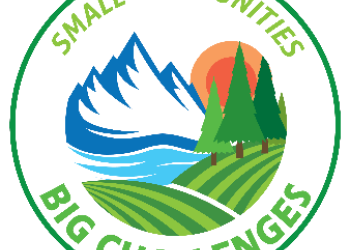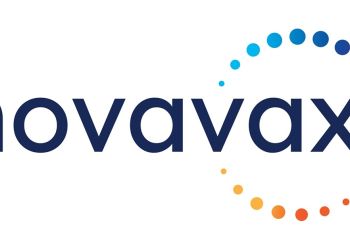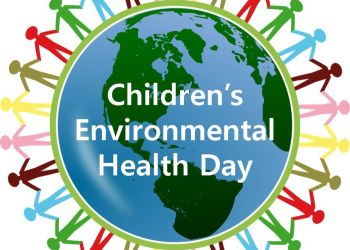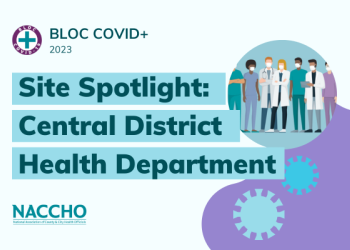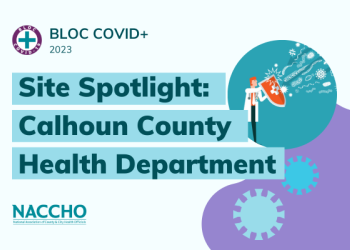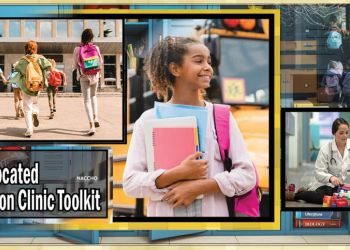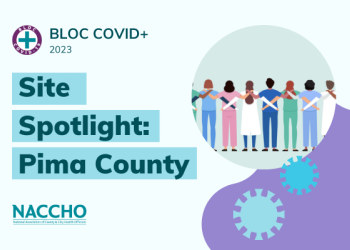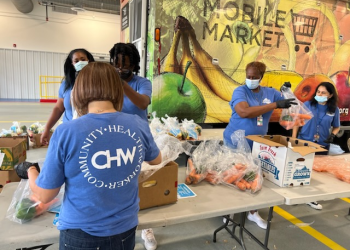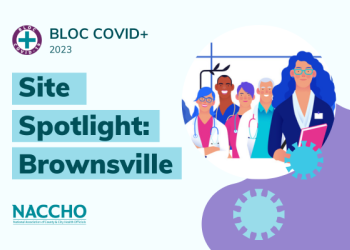In May, the All of Us Research Program celebrated its second anniversary. Created as part of the Precision Medicine Initiative, which President Obama announced in 2016, the National Institutes of Health’s program has a simple mission: speed up health research and medical breakthroughs by engaging one million people to provide health data that can help create individualized prevention, treatment, and care. With a focus on including participants from populations underrepresented in biomedical research – such as people who are non-white, LGBTQ+, have a disability, lack access to care, or are living in poverty – the program is working to transform the landscape of health research to reflect the true diversity found in the United States today.
Precision What? The Public Health Benefits of a Precision Medicine Approach
All of Us is rooted in a precision medicine approach that considers factors like where you live, what you do, and your family health history. This nuanced understanding is important for predicting which treatment and prevention strategies will work best for a particular person, yet much of our health system still operates using a one-size-fits-all paradigm. Through the initiative, medical researchers will gain the information they need to develop individualized treatments that can then be passed along to doctors, allowing them to make tailored recommendations for people of all different backgrounds. And although All of Us aims to advance opportunities for individualized care, there are clear implications and benefits for public health and its population focus.
- All of Us sets a precedent for open source data collection on a large population base in the U.S. and could potentially give public health practitioners data about our nation’s most vulnerable communities. With this data, the field of public health could work with these populations to design interventions that reduce health disparities and improve quality of life.
- All of Us could break down silos and improve collaborations within and between public health, clinical care, and academia – all while building medical trust in communities, especially those who have been historically excluded and/or harmed by the field.
- All of Us data collection goes beyond biometrics and genetics to include environment, lifestyle, and social factors that could help public health officials make data-informed conclusions about the roots of health inequity.
The Role of Health Departments in Supporting Program Enrollment
Since its launch, the All of Us Research Program has enrolled more than 350,000 participants, more than 80% of whom represent communities that have been historically underrepresented in biomedical research. We at NACCHO believe that with the help of our nearly 3,000 local health department (LHD) members – which are located across the entirety of the U.S. and thus serve a diverse swath of the nation’s people – local public health could be invaluable to increasing program participation. With services ranging from immunization to HIV testing to maternal-child-adolescent health, and a strong capacity for health promotion, there are a wide array of potential touchpoints through which local public health professionals can educate LHD clients about the opportunity to enroll in All of Us. There is a role for LHDs in this work and, as a part of the program’s Community and Provider Gateway Initiative, NACCHO is here to help you get engaged.
Background Information
NACCHO has developed several resources to provide foundational information about the All of Us Research Program and the role local health departments can play in helping to create a healthier future for all of us.
- Webinar Recording: All of Us – Reaching Communities
- Podcast from Washington: All of Us Research Program
How to Get Involved
If you’re ready to join NACCHO in championing the All of Us Research Program in your communities, check out this webpage to access downloadable resources in English and Spanish that will help you learn more about the program and promote it to the people you engage on a daily basis. Once you are ready, visit www.JoinAllofUs.org/together to enroll!
If you’re interested in learning more about how your health department can be a promotional partner of All of Us, please contact Sarah Chughtai, Senior Program Analyst.
